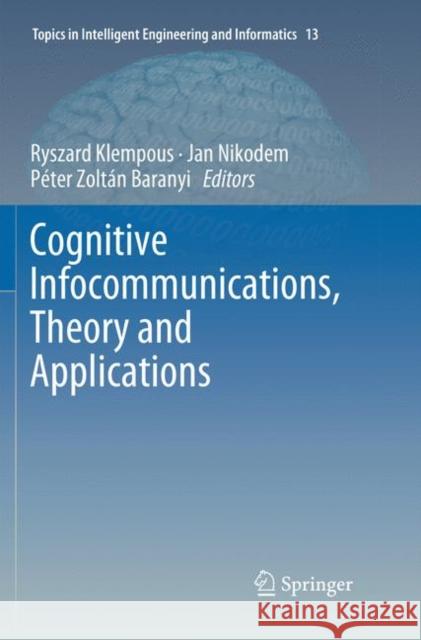Cognitive Infocommunications, Theory and Applications » książka
topmenu
Cognitive Infocommunications, Theory and Applications
ISBN-13: 9783030071240 / Angielski / Miękka / 2018 / 462 str.
Kategorie:
Kategorie BISAC:
Wydawca:
Springer
Seria wydawnicza:
Język:
Angielski
ISBN-13:
9783030071240
Rok wydania:
2018
Wydanie:
Softcover Repri
Numer serii:
000446848
Ilość stron:
462
Waga:
0.66 kg
Wymiary:
23.39 x 15.6 x 2.44
Oprawa:
Miękka
Wolumenów:
01
Dodatkowe informacje:
Wydanie ilustrowane











